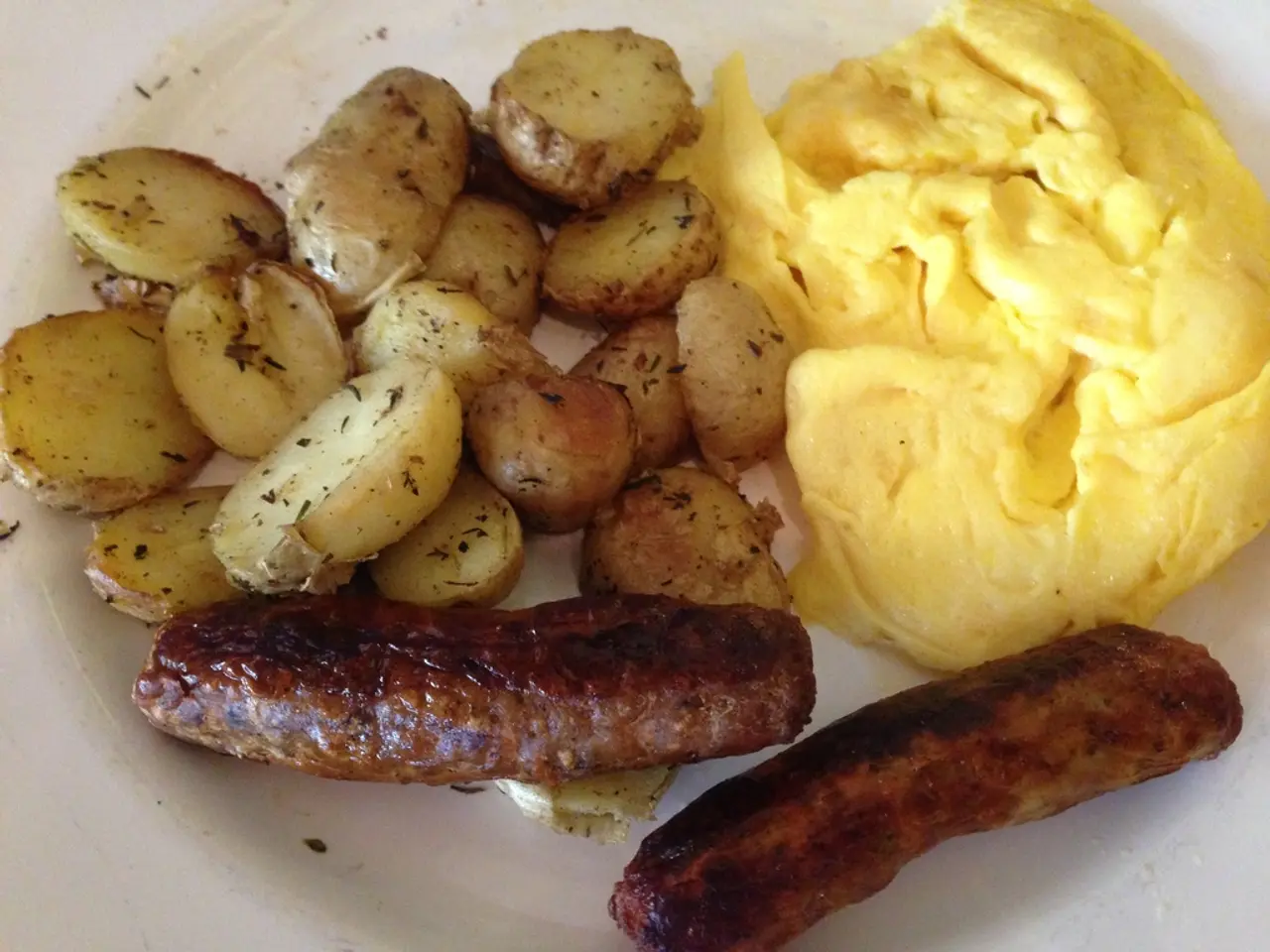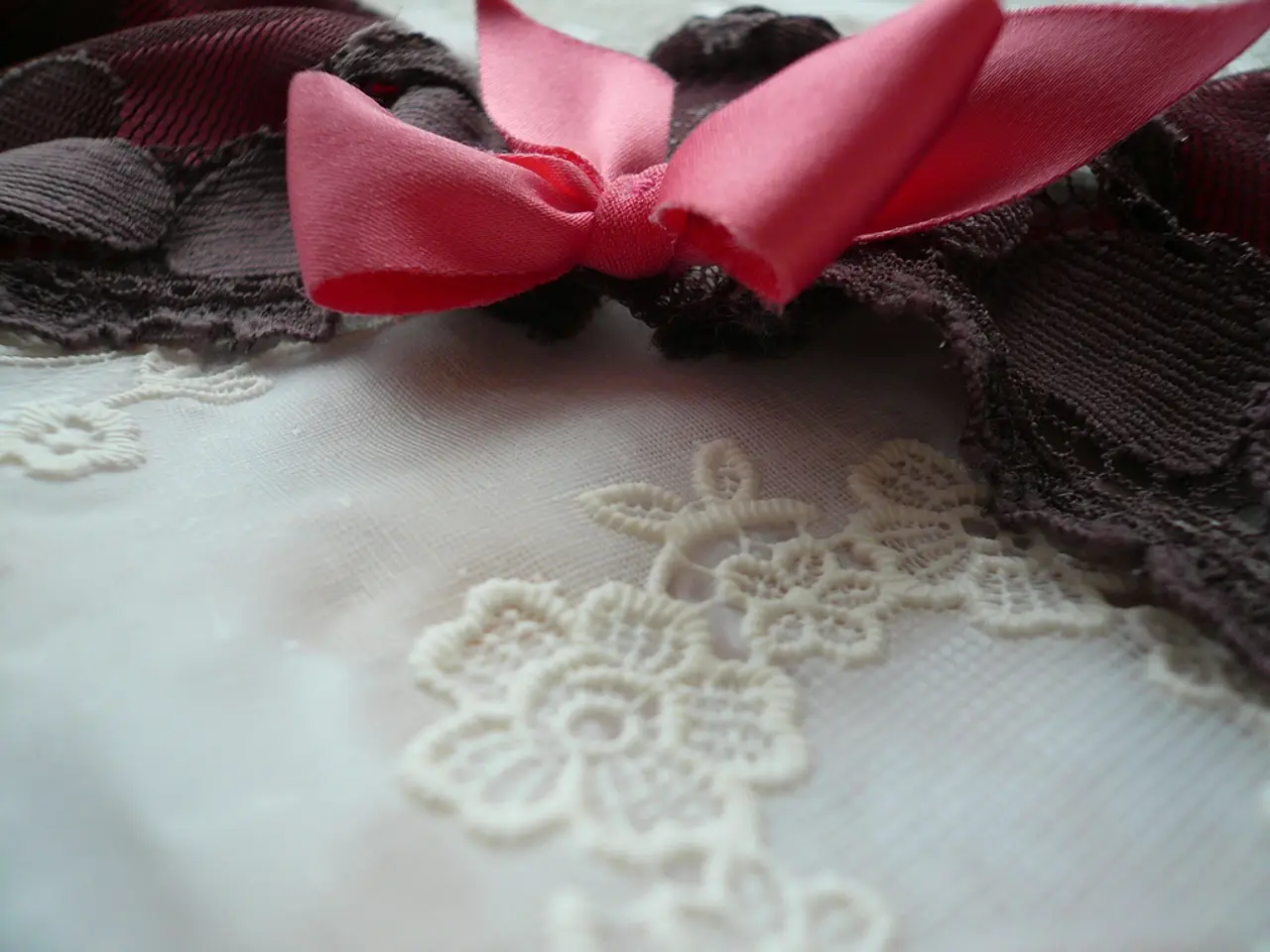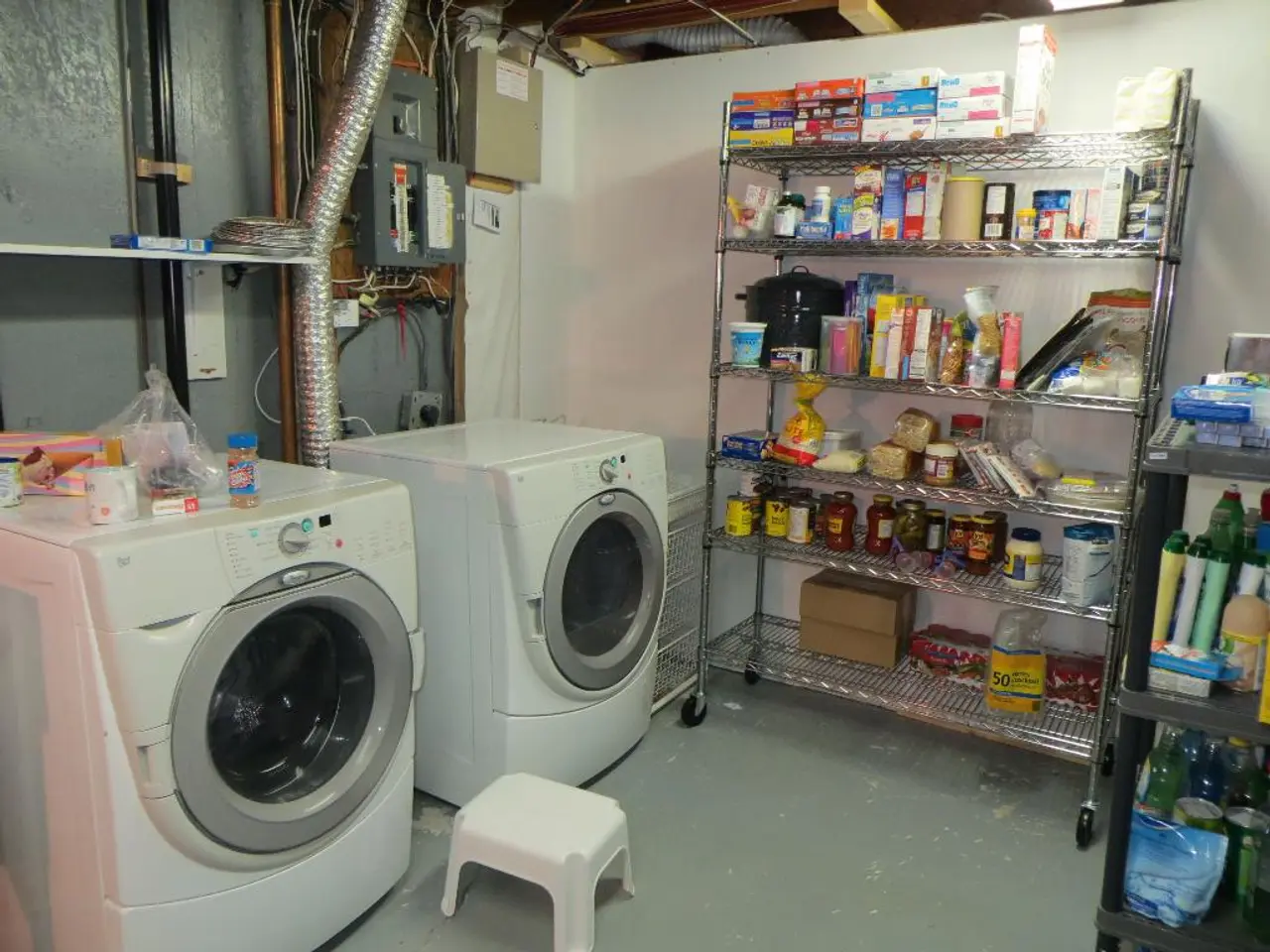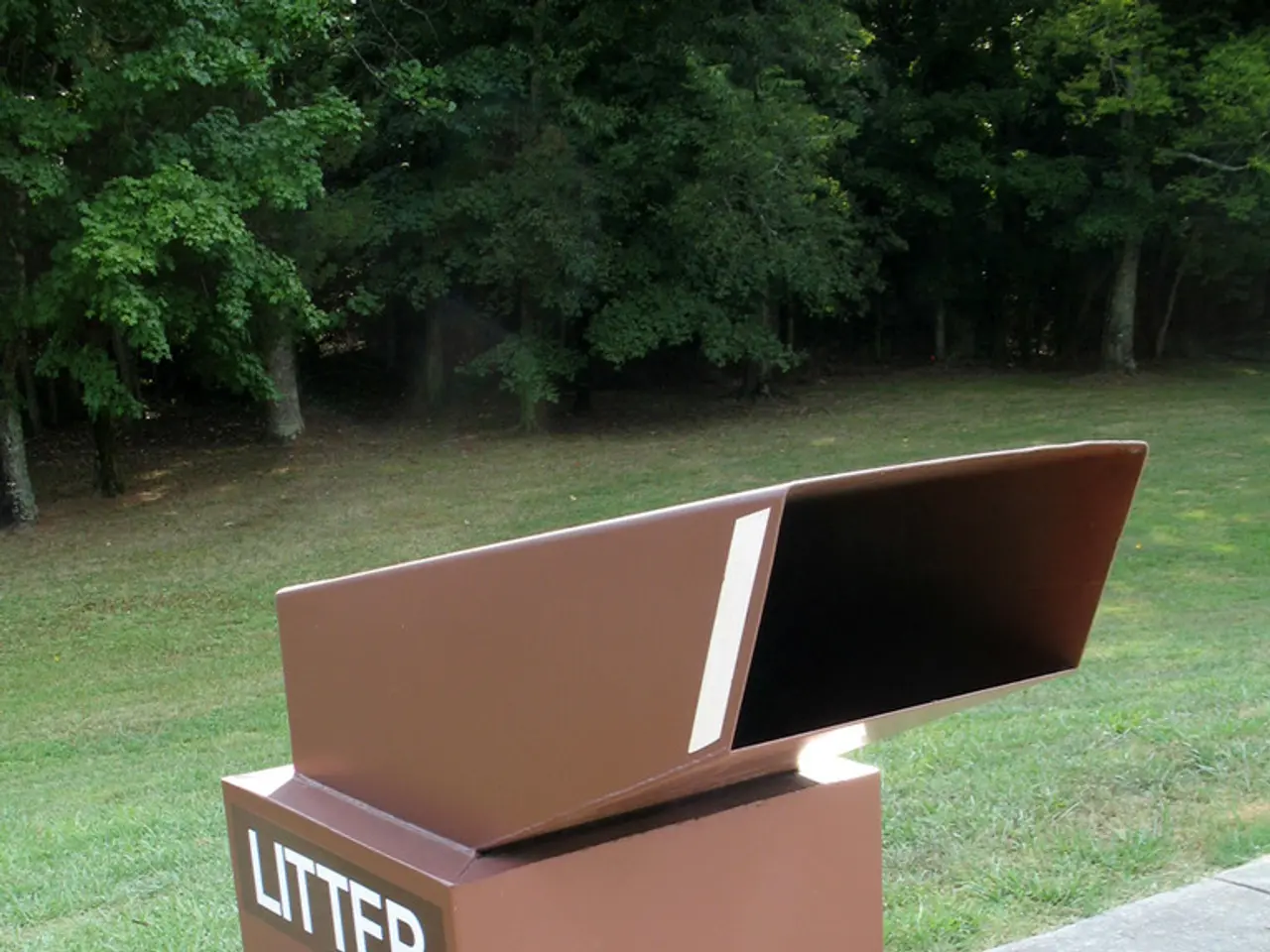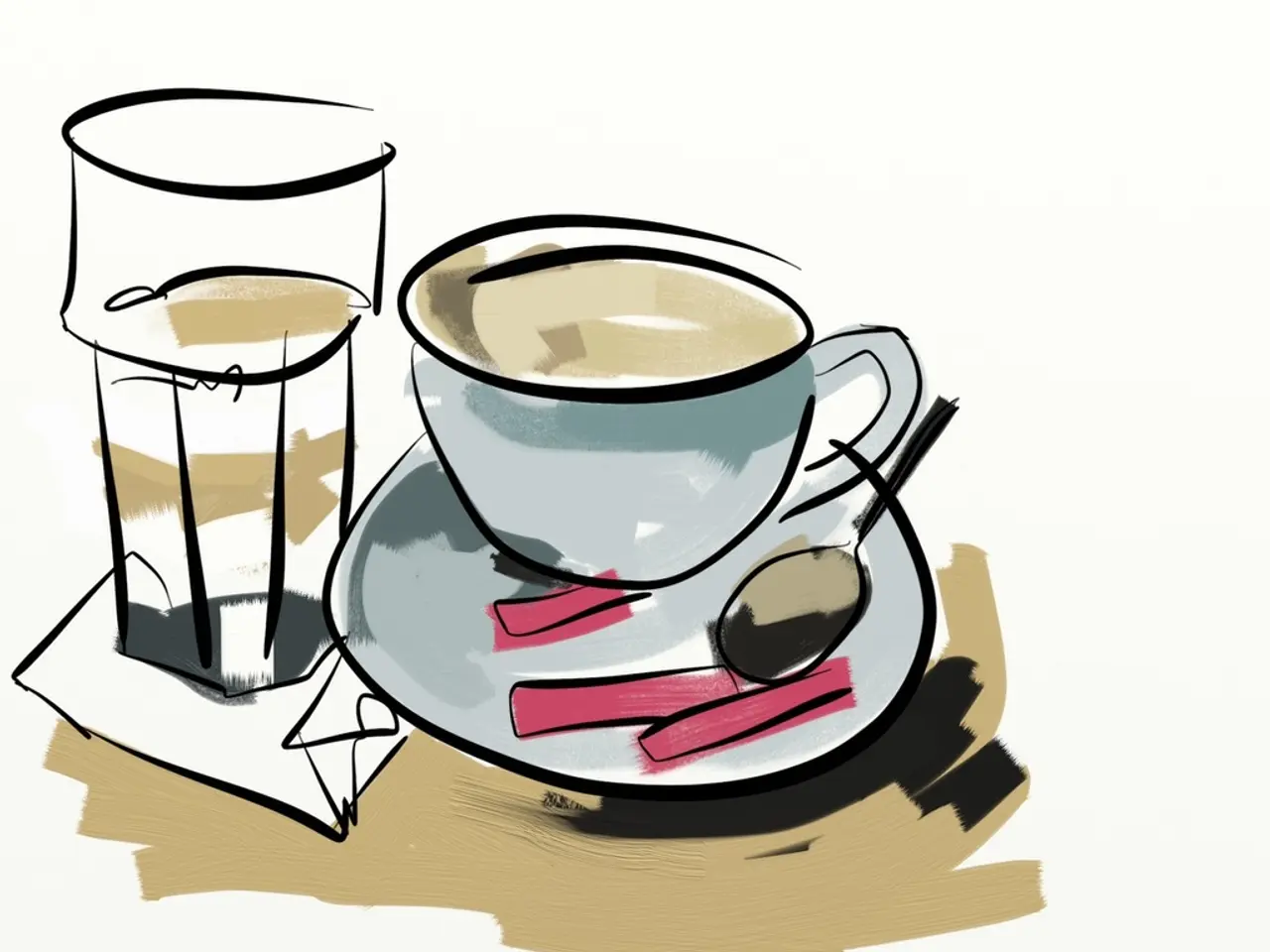Methods for creating a homemade warming pillow:
In the quest for pain relief, household items can be transformed into effective heating pads, offering a cost-effective alternative to store-bought options. Here are three simple methods to make your own heating pads for relief from back pain, arthritis symptoms, and menstrual cramps.
### 1. Using a Wet Dishcloth
Moisten a dishcloth with warm water, wring it out so it's damp but not dripping. Heat the damp cloth in the microwave for about 30–60 seconds or until warm. Wrap the warm, damp cloth in a dry towel to retain heat and prevent burns, and apply it to the sore area for soothing moist heat, which can ease muscle tension and pain.
### 2. Oven-Heated Towel
Preheat your oven to a low temperature, around 150°F (65°C). Dampen a towel slightly so it’s warm and moist, but not soaked. Place the towel in an oven-safe dish or on a baking sheet and warm it in the oven for about 10–15 minutes. Carefully remove the towel (use oven mitts) and wrap it in a dry towel if needed. Apply it to the affected area for a gentle, moist heat that can relieve stiffness and pain.
### 3. Old Sock Heating Pad
Take a clean old sock and fill it with materials such as uncooked rice, dried beans, or flaxseeds. Tie or sew the open end closed securely. Heat the sock in the microwave for 1–2 minutes, checking frequently to avoid overheating. This creates a flexible, warm heating pad that contours well to your body, perfect for application directly to the back, joints, or abdomen to help with pain relief and cramps.
These DIY pads can be used repeatedly; simply reheat as needed. Always test the temperature before applying to avoid burns, and never leave heating pads unattended on the body. Moist heat (from damp towels) is especially effective for deeper muscle and joint relief, while dry heat (like the sock method) provides a comforting warmth.
These methods are simple, cost-effective alternatives to commercial heating pads and can be customized depending on your needs and available materials. Heat increases blood flow to the affected area, relaxing muscles and helping to reduce stiffness in joints, making these homemade heating pads a popular method of thermotherapy.
However, it's important to note that heat therapy should not be used in the immediate aftermath of an injury, as a cold compress can help reduce swelling instead. Women who are pregnant, people with heat sensitivity issues, including those with neuropathy caused by diabetes or other conditions, young children, and elderly adults should not use heating pads.
These homemade heating pads can also be used as cold compresses by freezing them instead of heating them. A hot bath or shower may also provide similar benefits to heating pads. With these easy methods, finding relief from pain has never been more accessible.
- In the context of health-and-wellness, menstrual cramps can be alleviated using a homemade heating pad, such as the one created with an old sock filled with rice.
- For those experiencing back pain or arthritis symptoms, a damp dishcloth heated in the microwave can serve as an effective DIY heating pad.
- By wrapping a warm, damp cloth in a dry towel after heating it in the microwave, one can create a homemade heating pad that helps in easing muscle tension and pain.
- An oven-warmed towel, slightly dampened and wrapped in a dry one, can provide relief from stiffness and pain, making it a useful homemade heating pad option.
- Those living with multiple conditions, like macular degeneration or type 2 diabetes, should exercise caution when using heat therapy, as it may exacerbate existing conditions.
- People with dry eyes or macular degeneration might find alternative predictive methods more suitable for their health-and-wellness needs, rather than heat therapy.
- Aq, a popular brand for waterless humidifiers, can be used in conjunction with homemade heating pads to maintain healthy skin and eyes during usage.
- Multiple sclerosis patients should also be cautious when using heat therapy, as it might worsen existing symptoms like depression or fatigue.
- COPD patients, dealing with conditions like asthma or emphysema, should consult their healthcare professionals before incorporating heat therapy into their home-and-garden lifestyle.
- According to modern science, heat therapy utilizes the predictive power of heat to increase blood flow and relax muscles, aiding in the reduction of stiffness and pain.
- Home-and-garden lifestyles can be enhanced by incorporating various therapies and treatments, including the use of homemade heating pads for pain relief and improved wellness.
- Lifestyle choices like creating homemade heating pads, coupled with other health-and-wellness practices, can contribute to overall well-being, offering a cost-effective alternative to commercial products.
